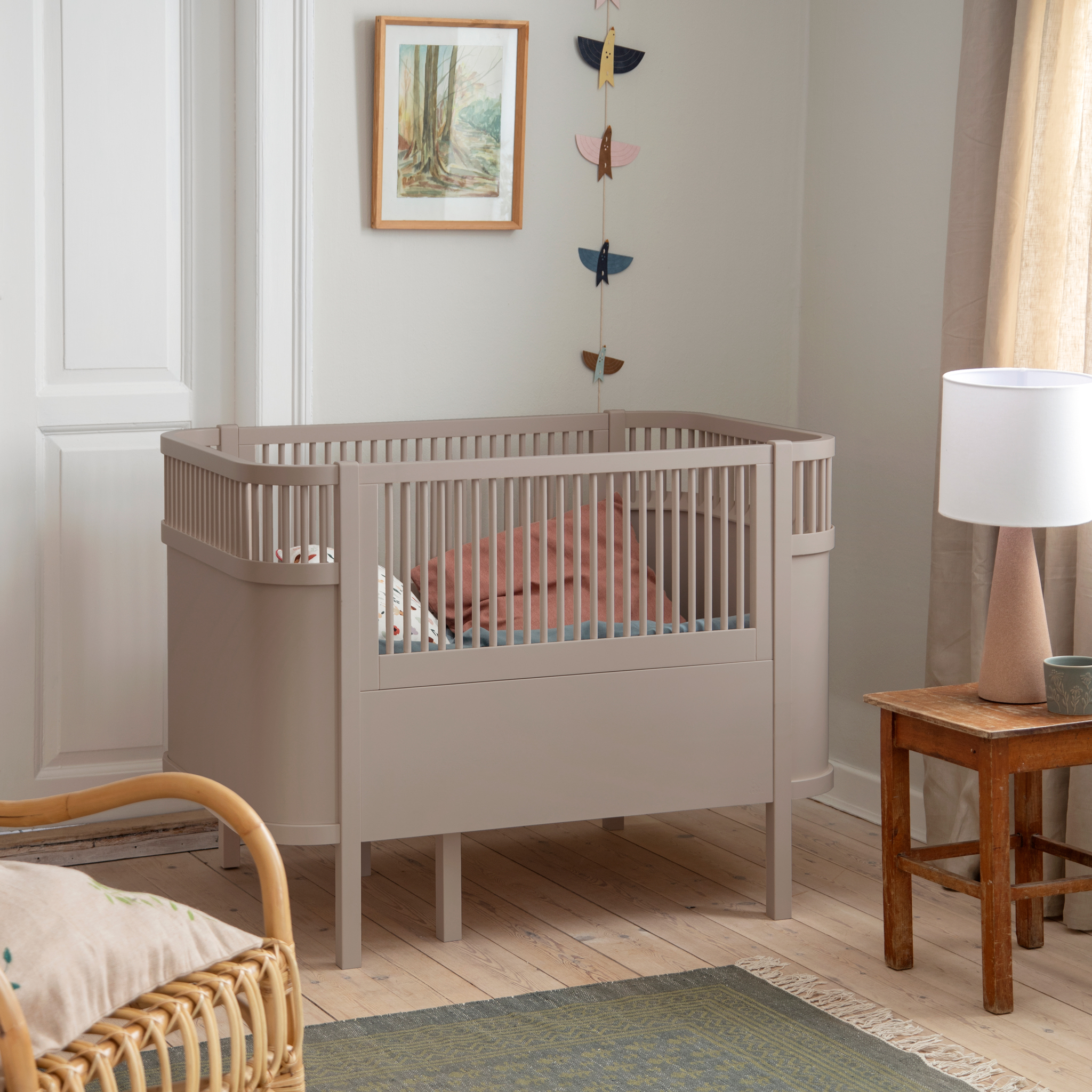Specifications
SKU
Country of origin
Material
Product measures
Cleaning & Remarks
Certifications
WARNING
In conformity with EN 716-1.

1: Raised bed base for your newborn
The raised bed base makes lifting your baby out of the bed easier and putting them down.
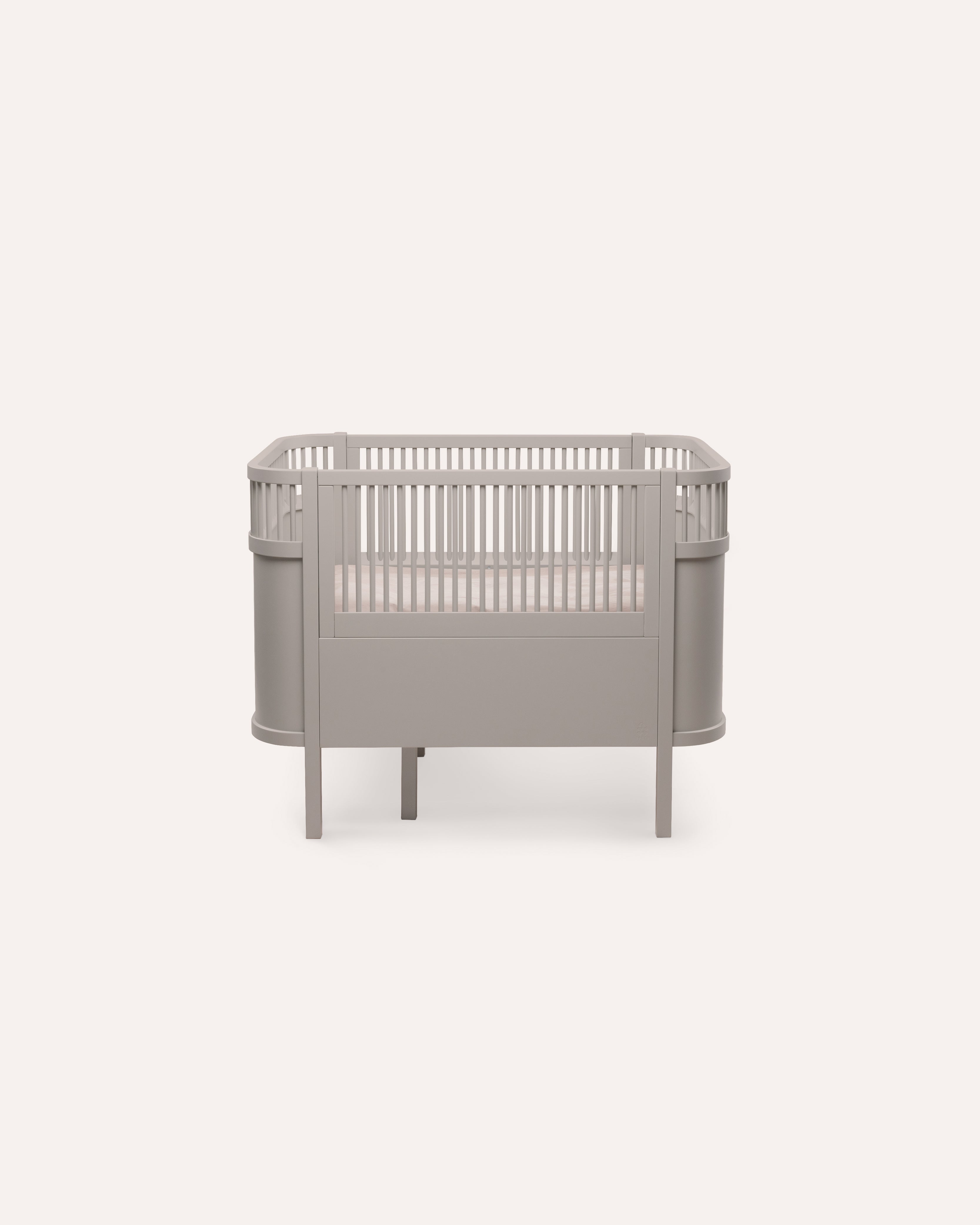
2: Lowered bed base for your baby
The lowered bed base provides safety for your baby during the first year of life and until your child starts trying to climb over the sides.
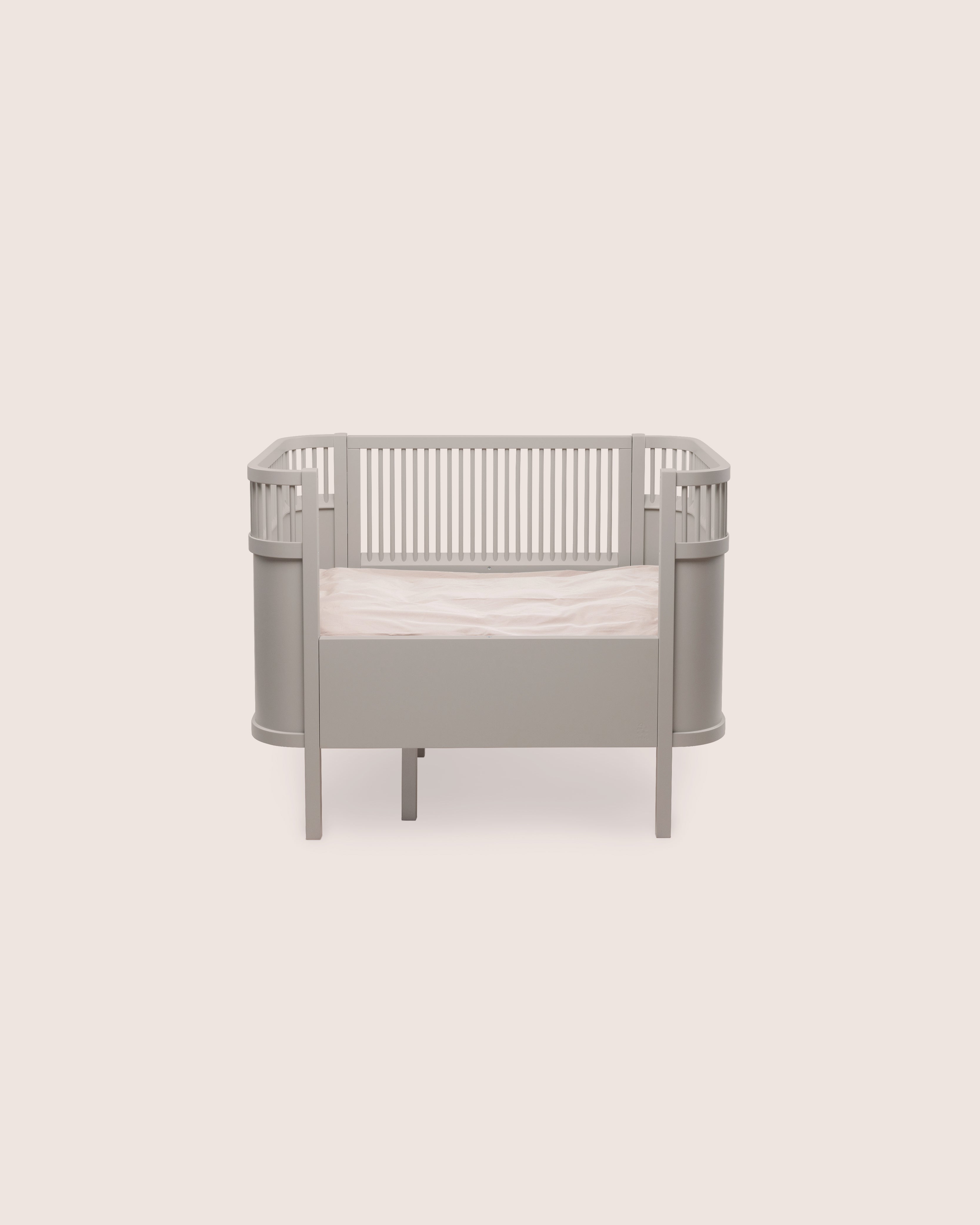
3: Without side rails for your toddler
Around the age of two and a half, many children show signs that they can and want to do things independently. Now is the time to remove one or both side rails from the bed.
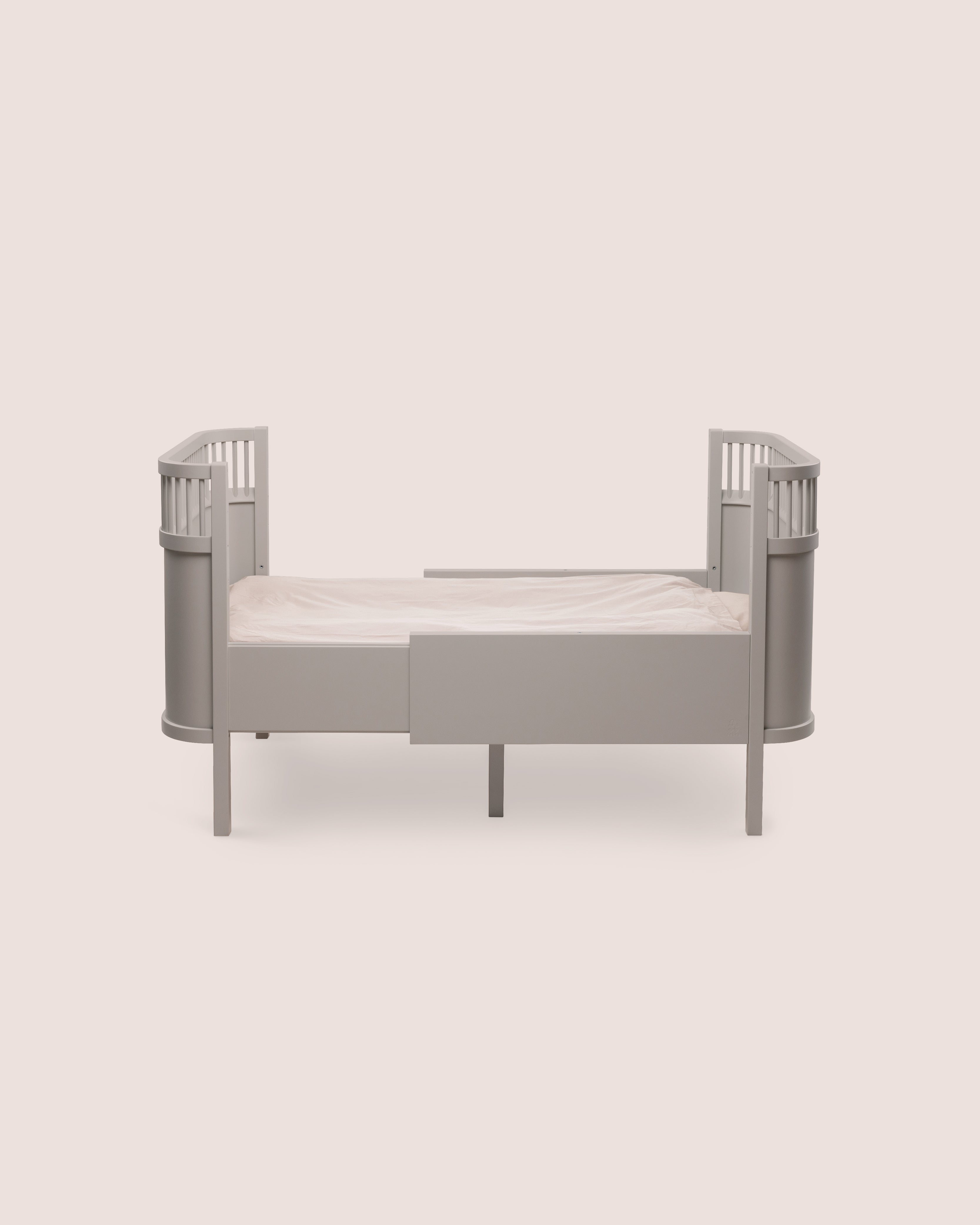
4: Extended bed for your junior
When your child reaches 3–4, you can extend the bed in length. You don’t need expensive junior kits to extend the bed – it’s part of the iconic design.
From the first little wiggles to a world full of adventure!
The Sebra Bed is designed to grow with your child, accompanying them every step of the way — from the very first tiny kicks to the everyday adventures, big and small. The bed extends as your child grows, providing a stable and familiar base throughout the early years of childhood.
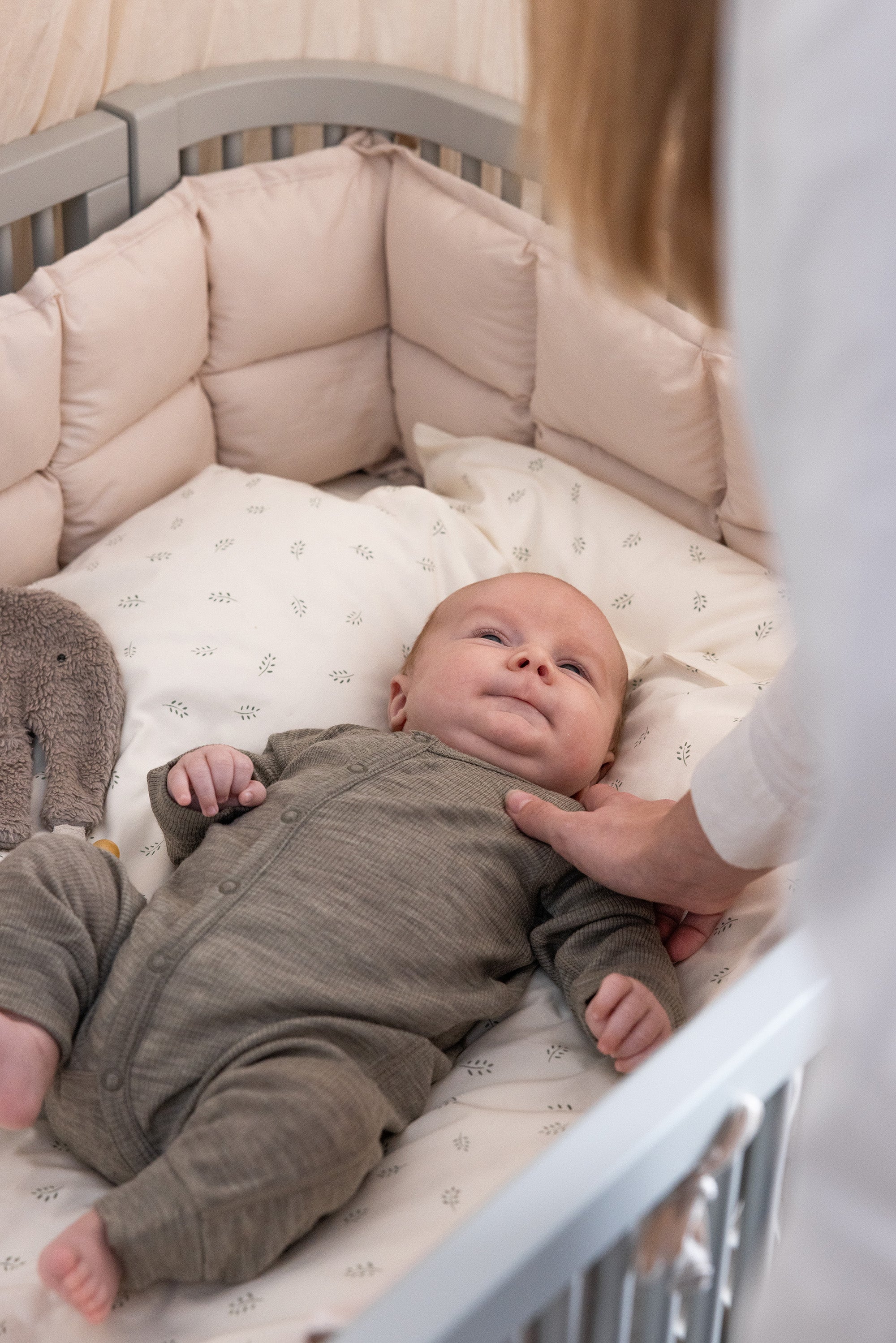
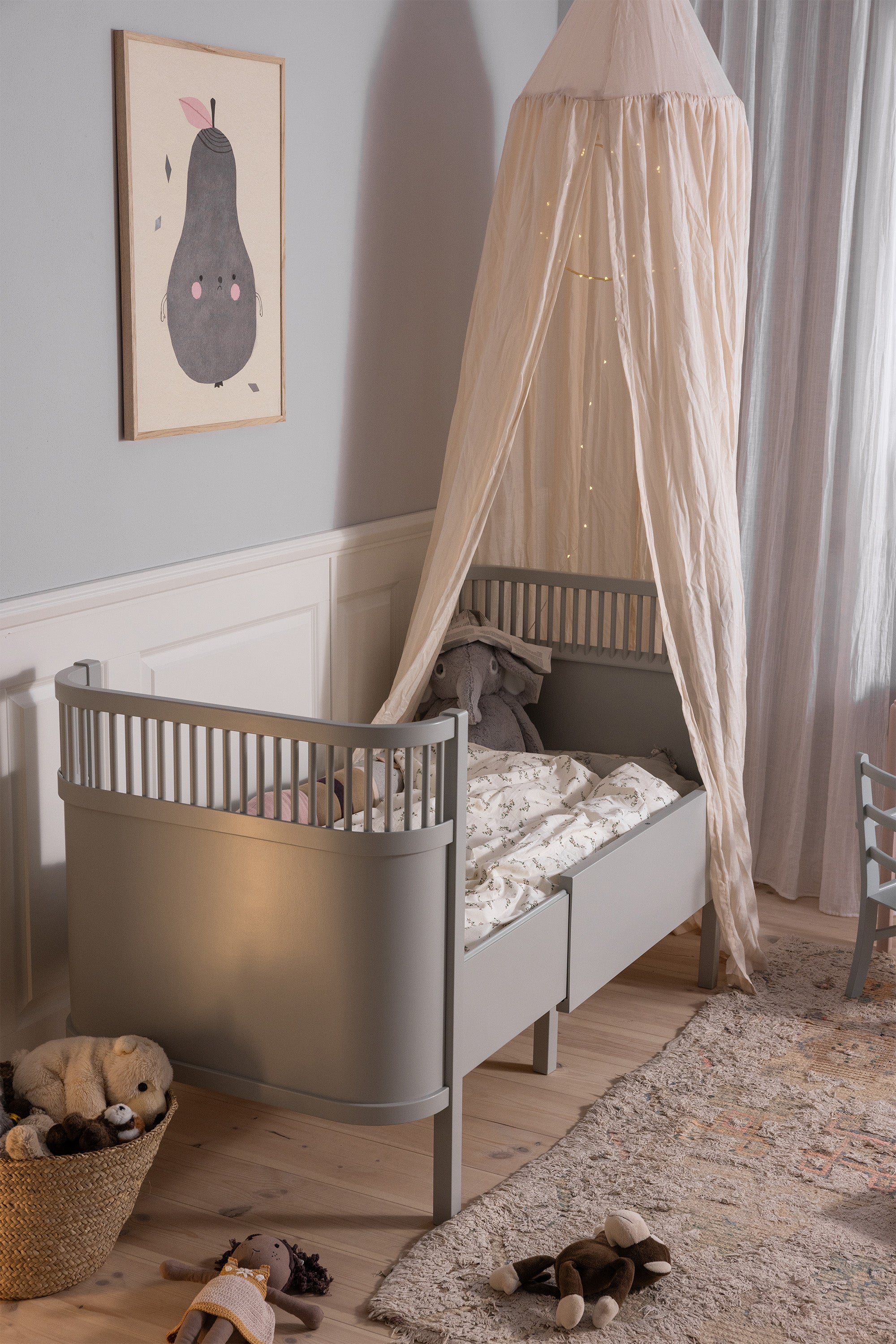
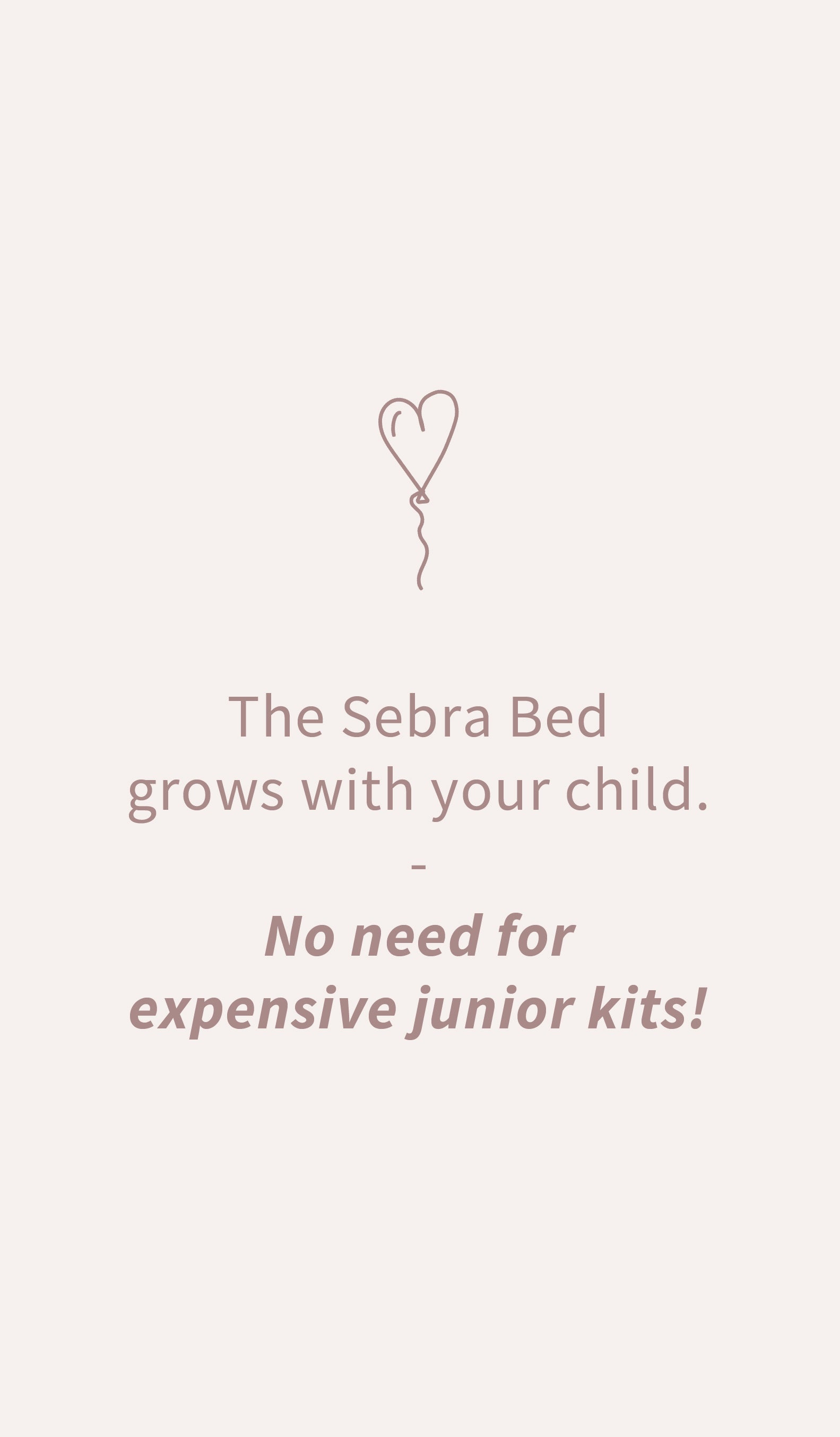
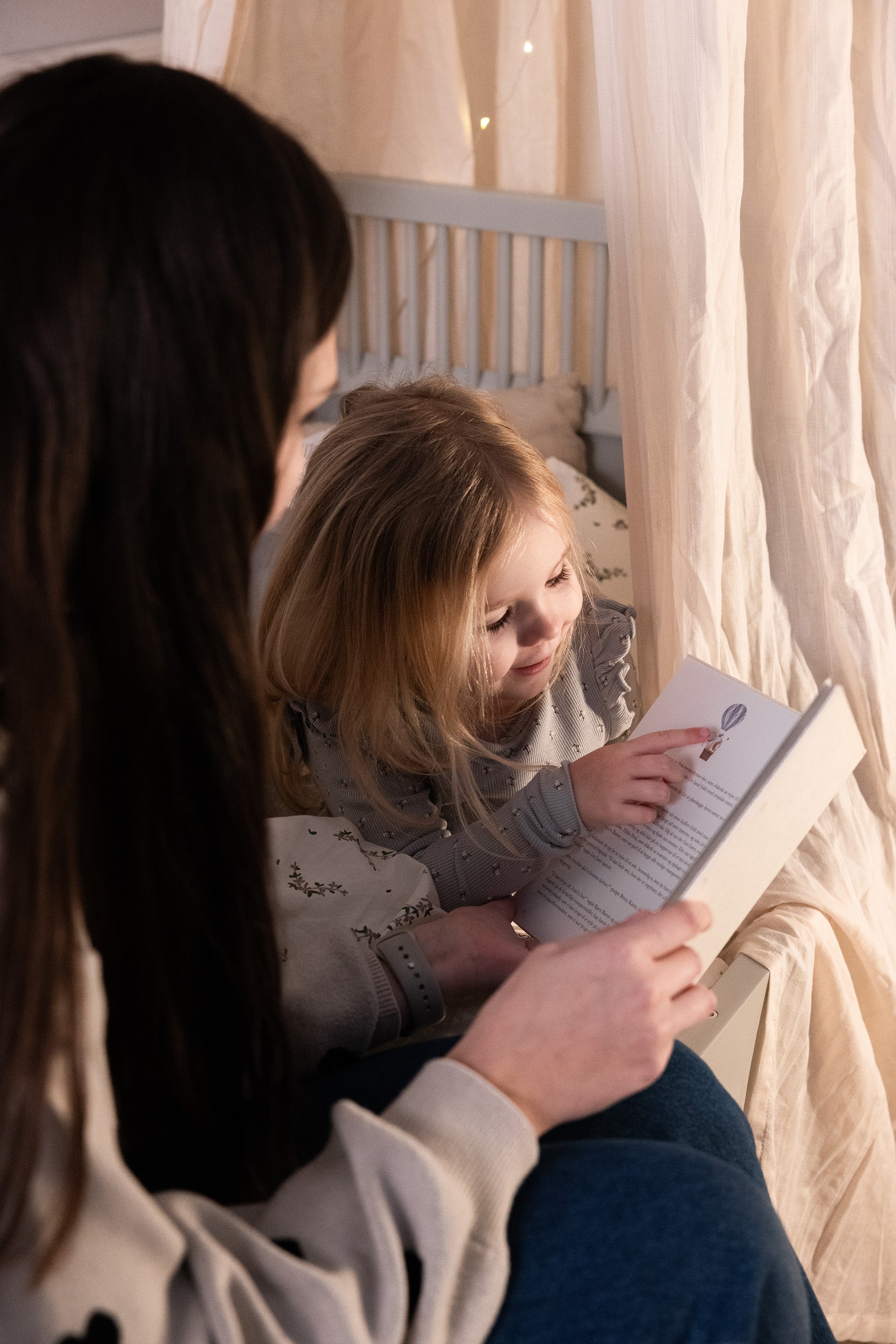
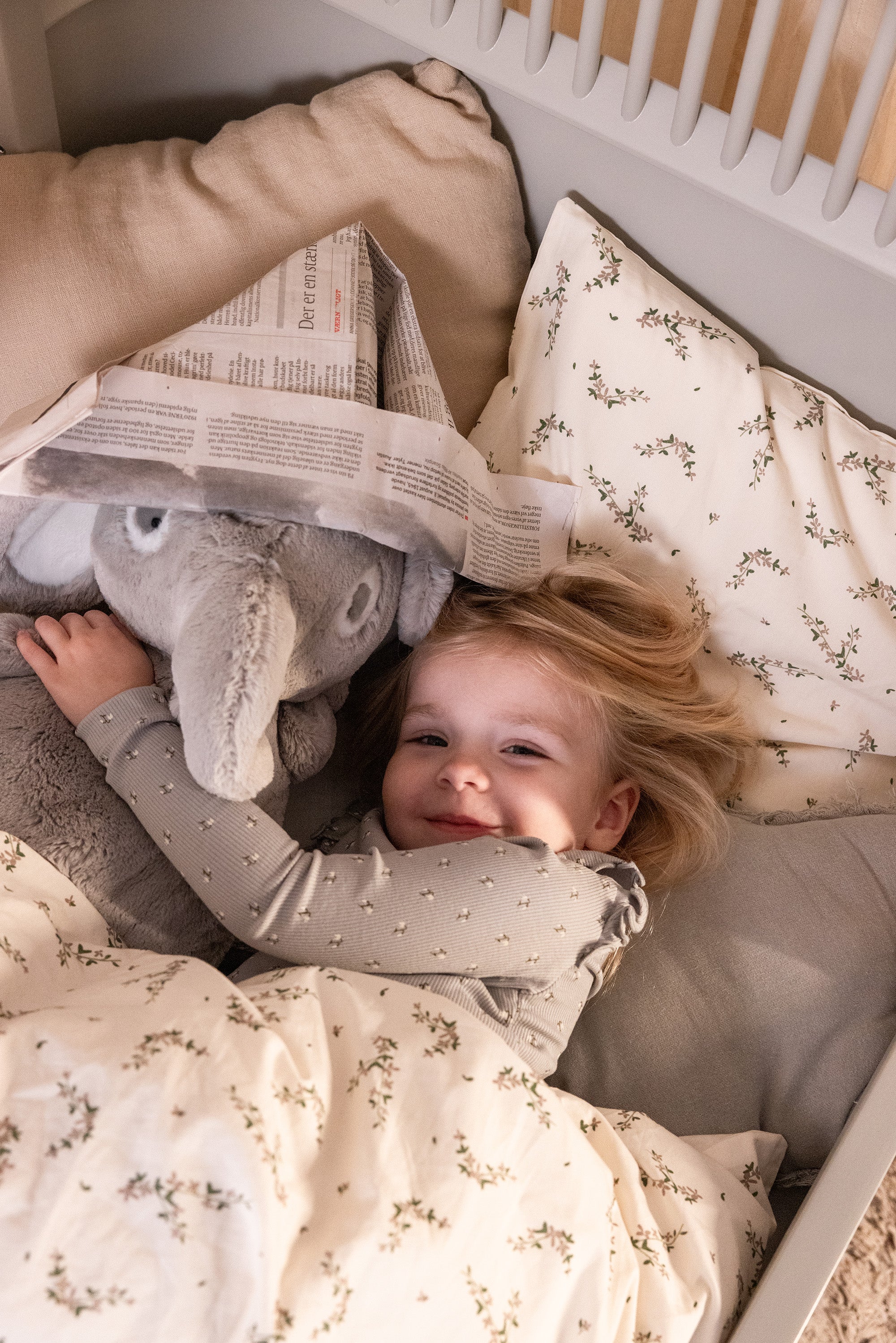
The Sebra Bed
A Danish Design icon
When architect Viggo Einfeldt designed the bed in 1942–1943, he became part of Danish design history, alongside renowned architects such as Arne Jacobsen, Kay Bojesen, and Børge Mogensen.
A new design classic was born and, for over 80 years, it has provided comfort and restful sleep for families with children, across generations.







